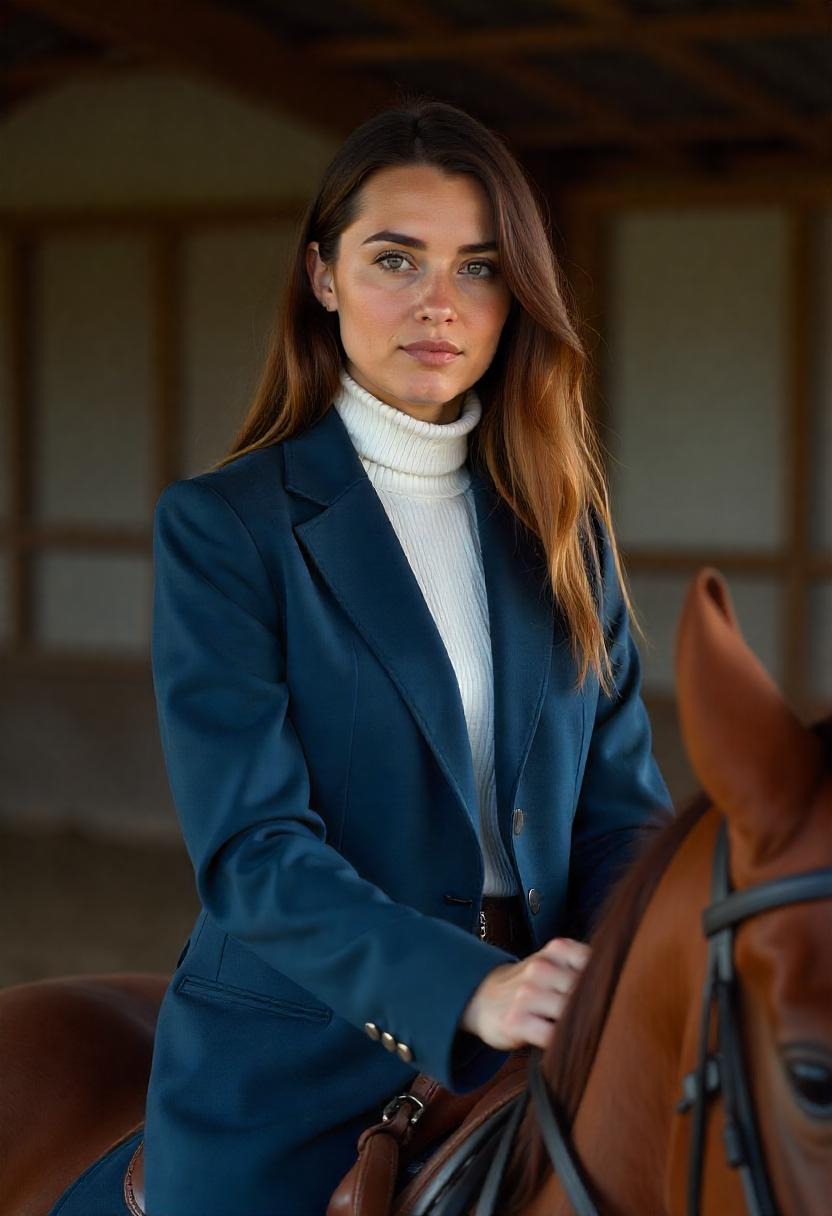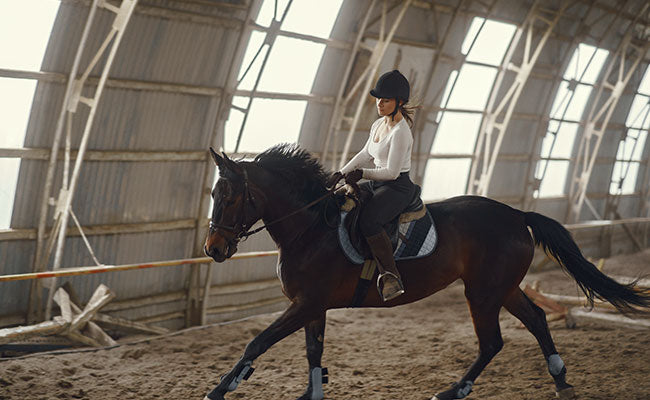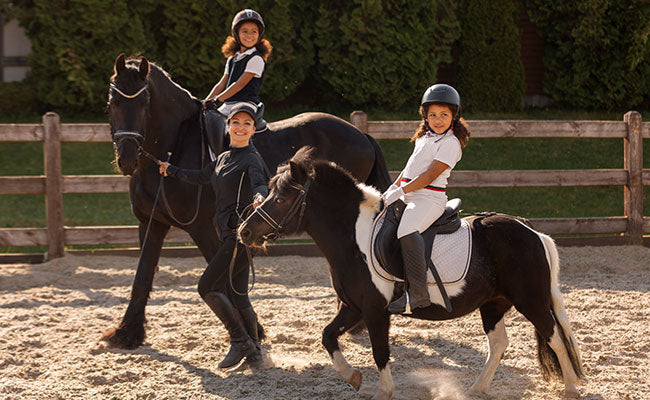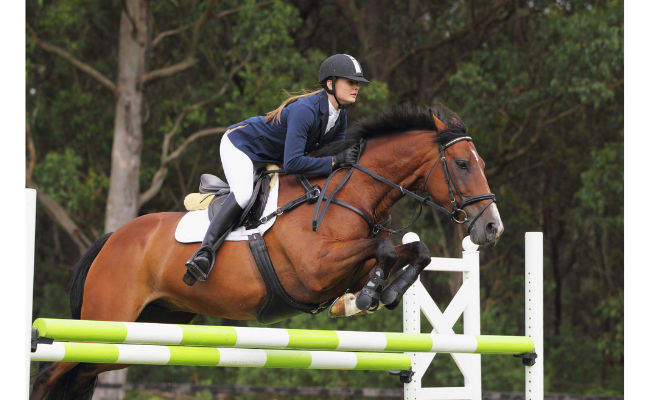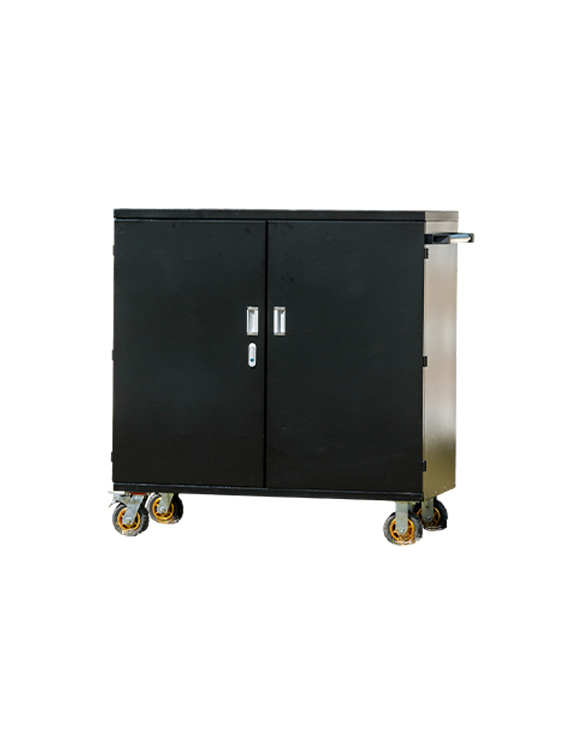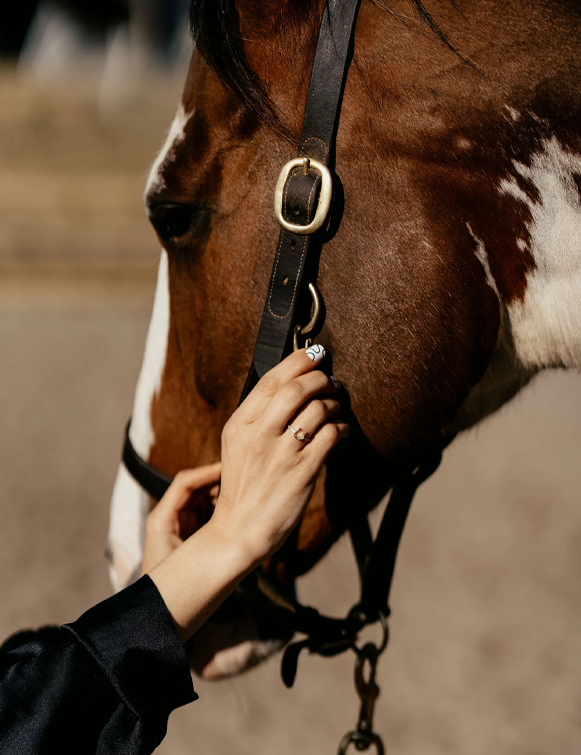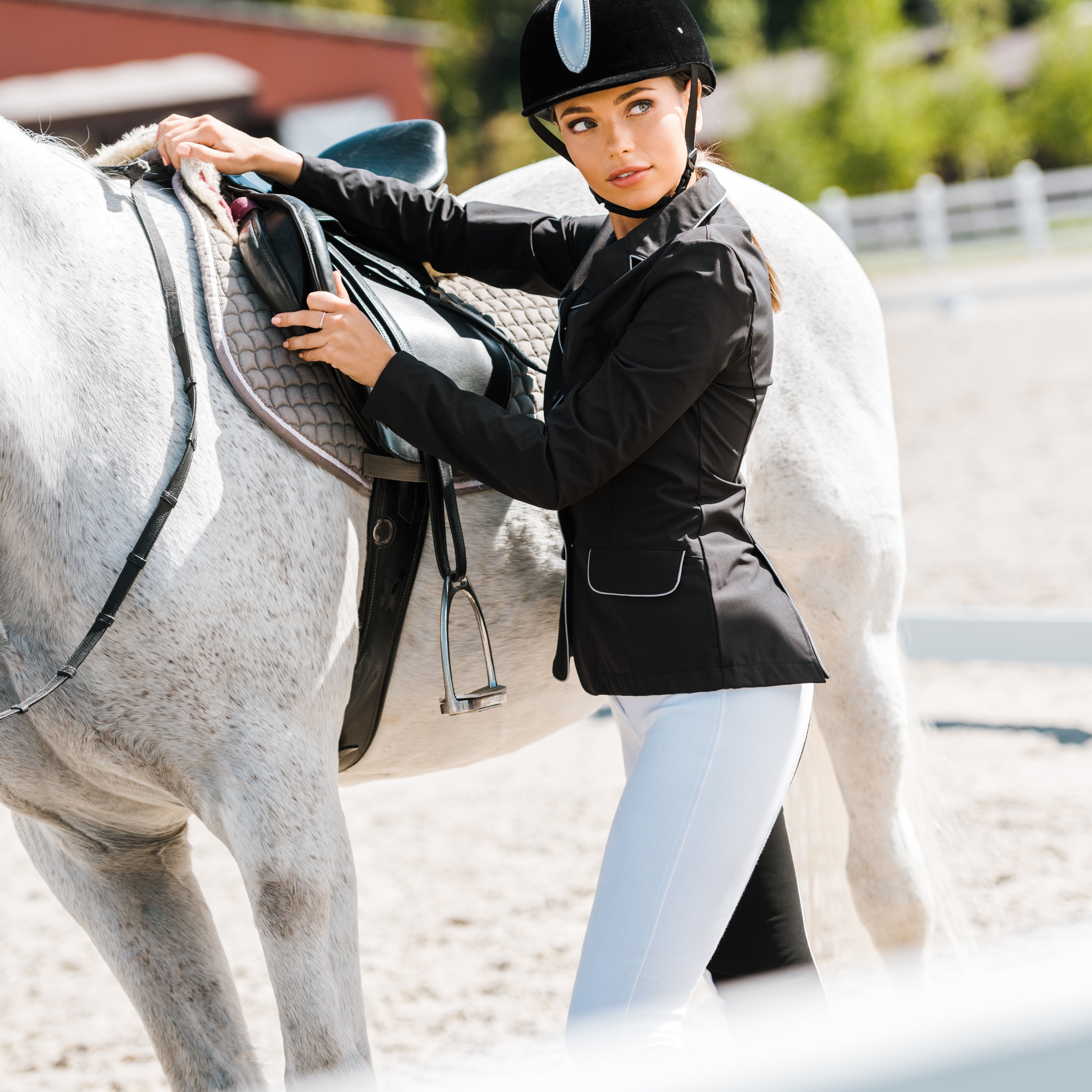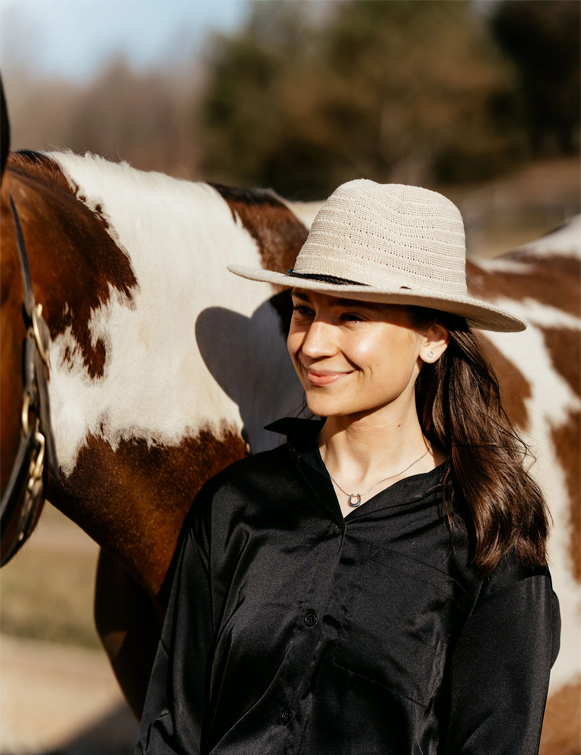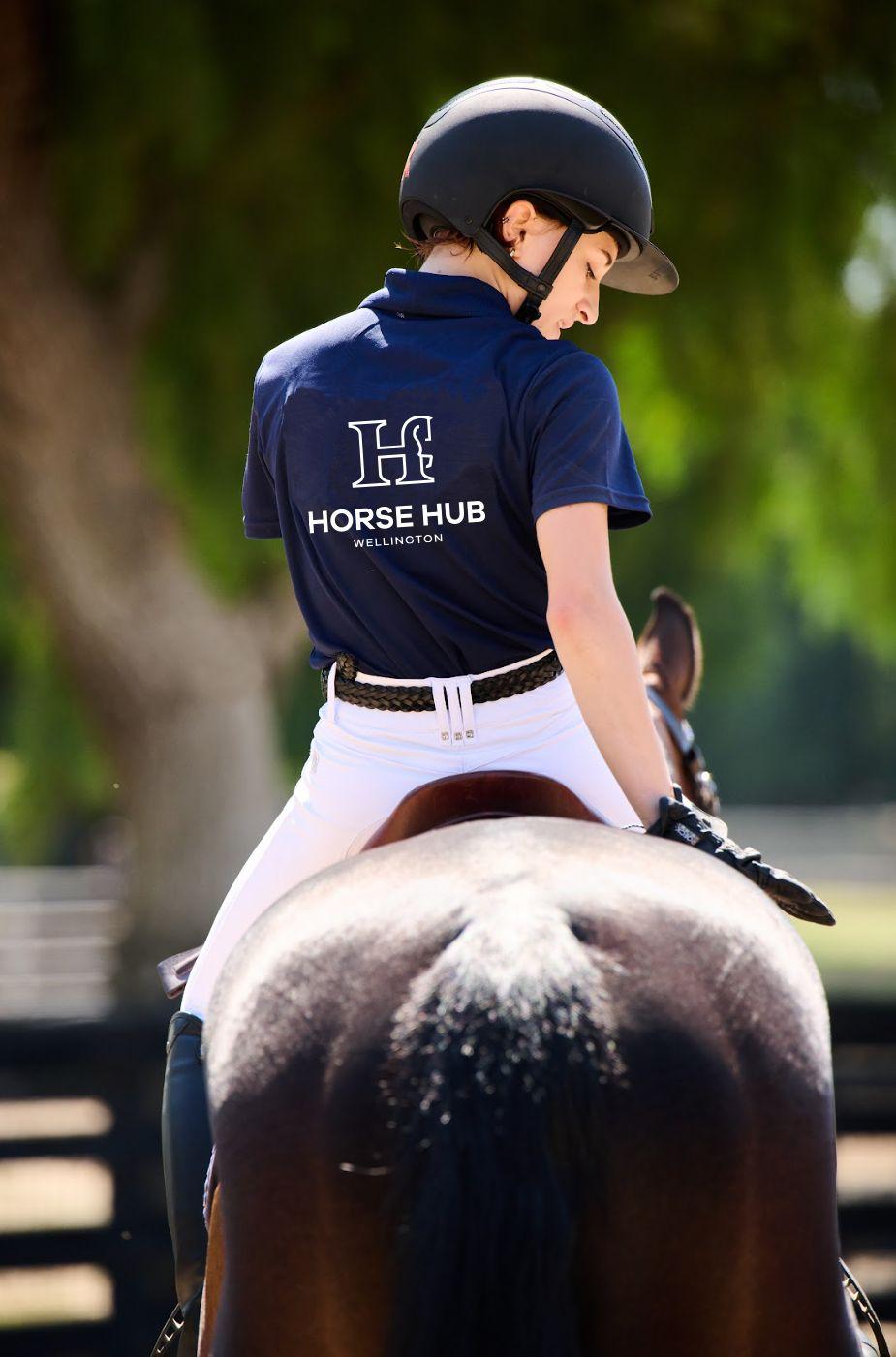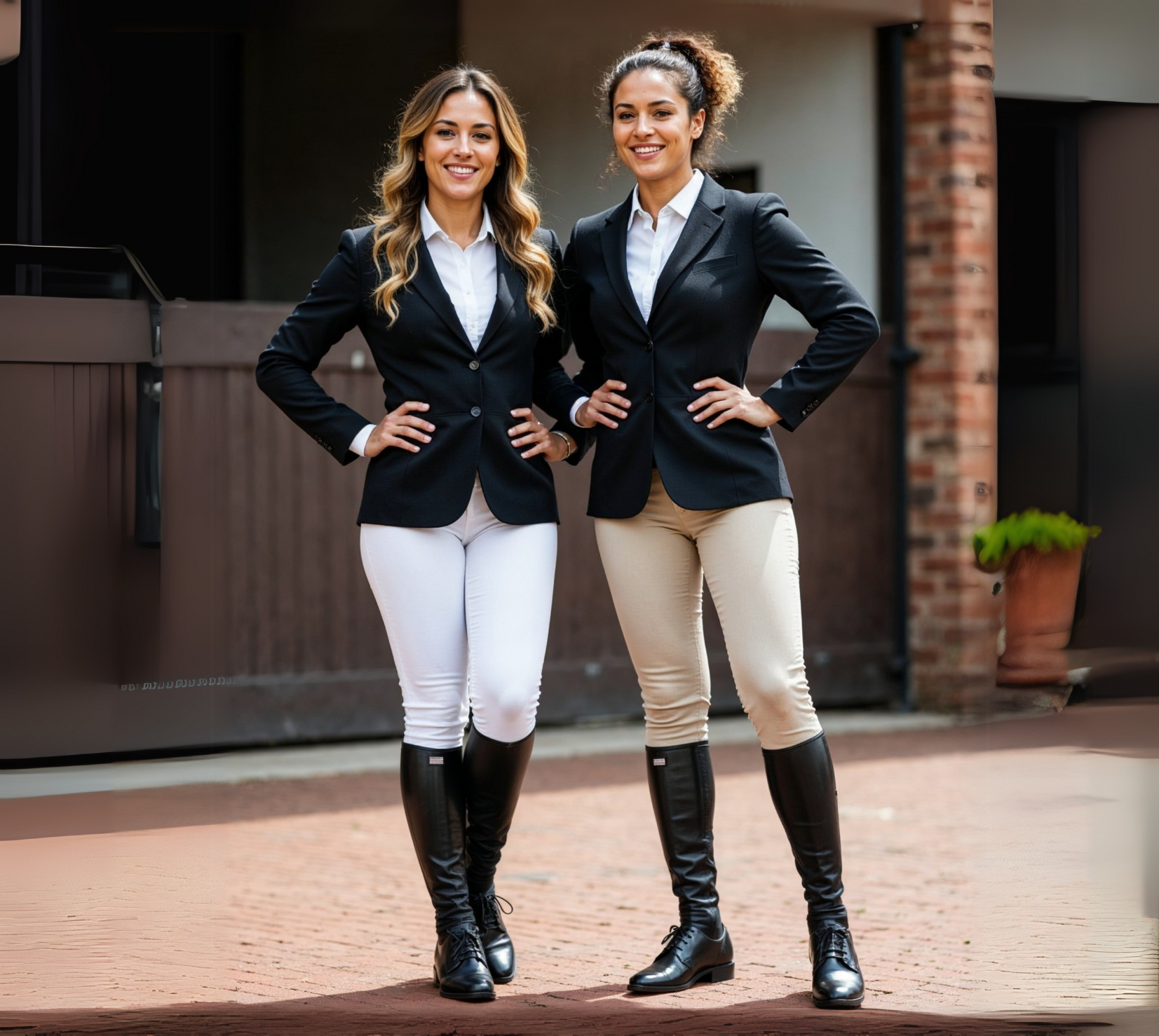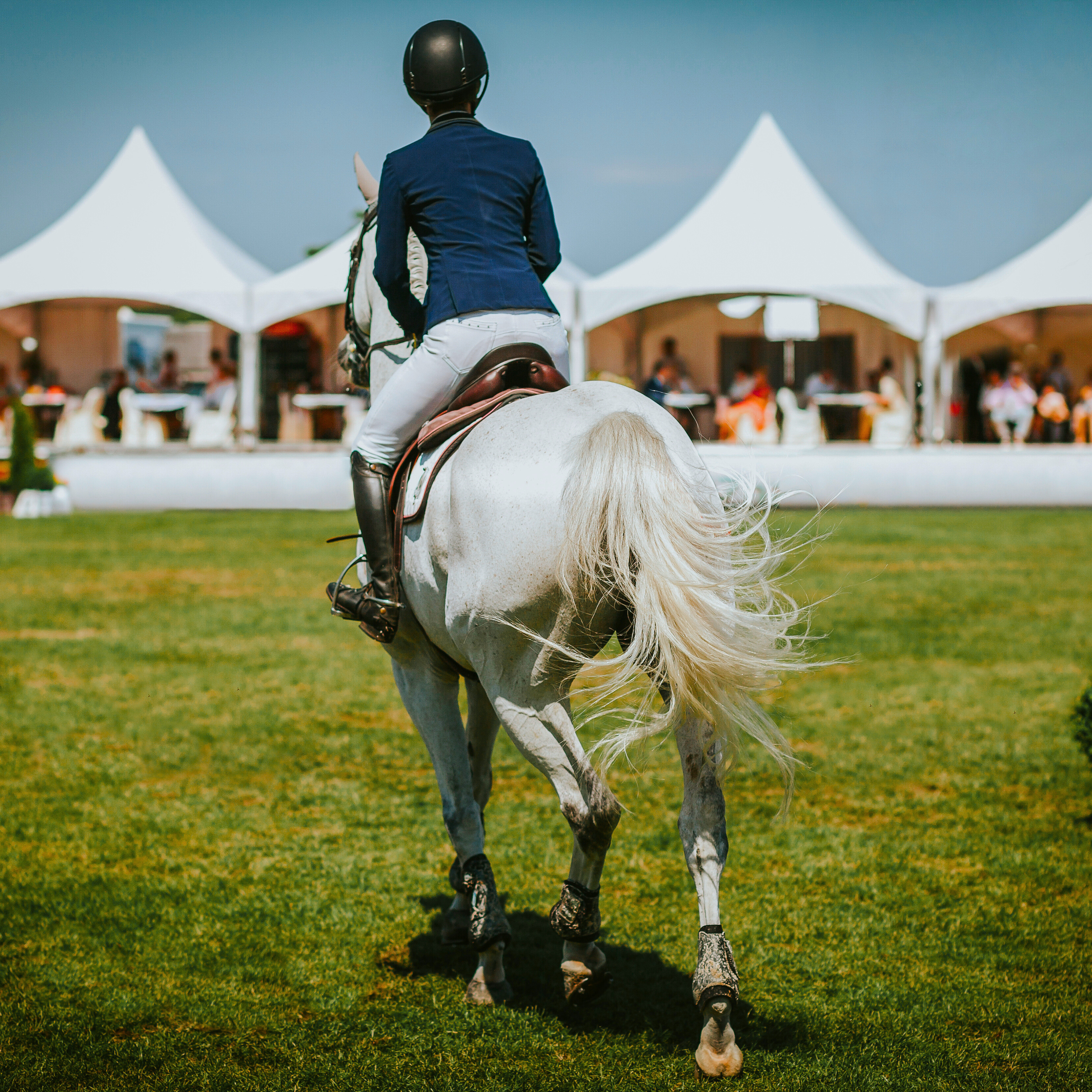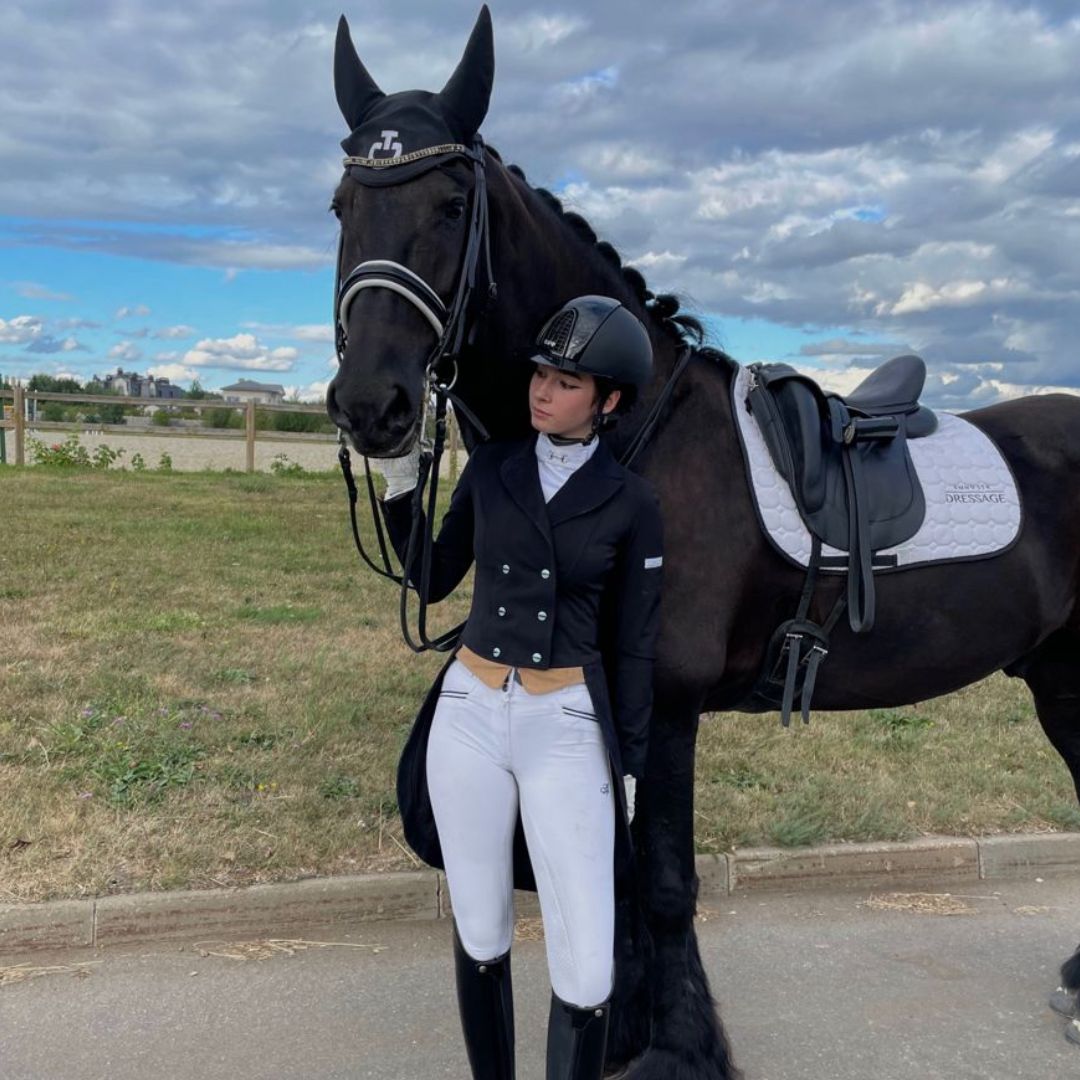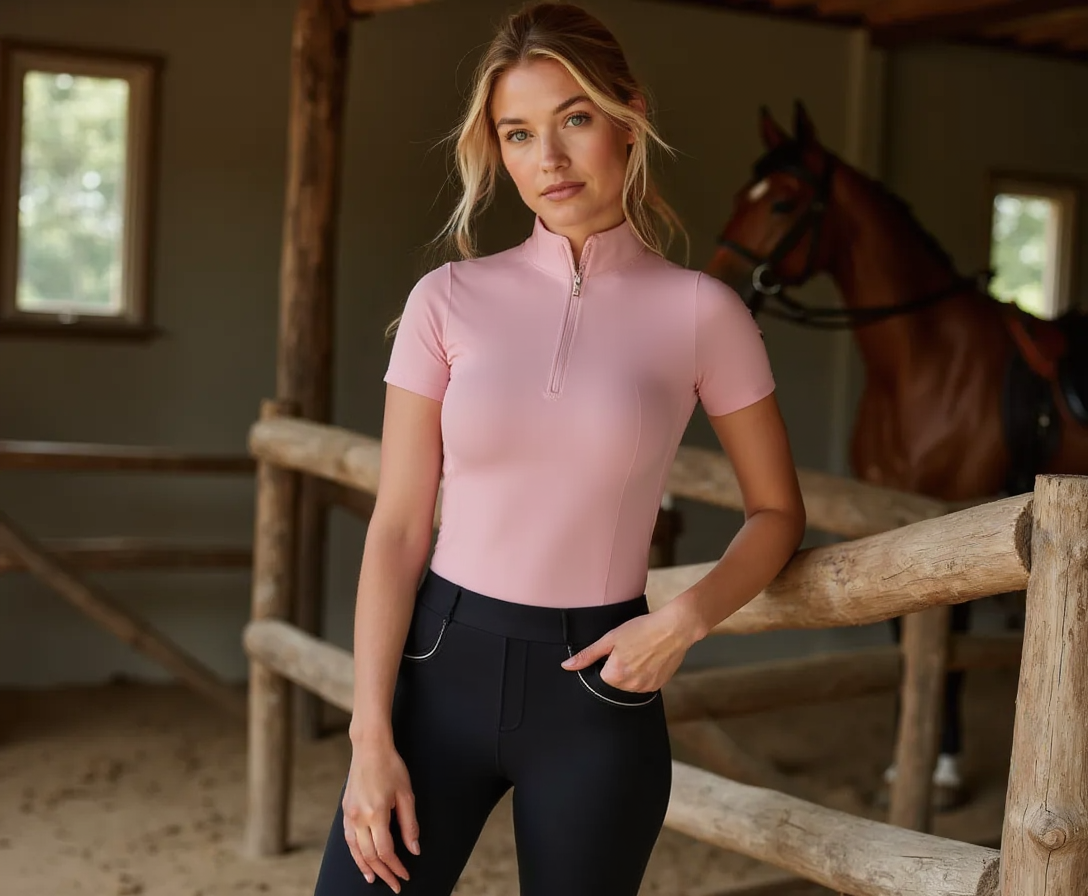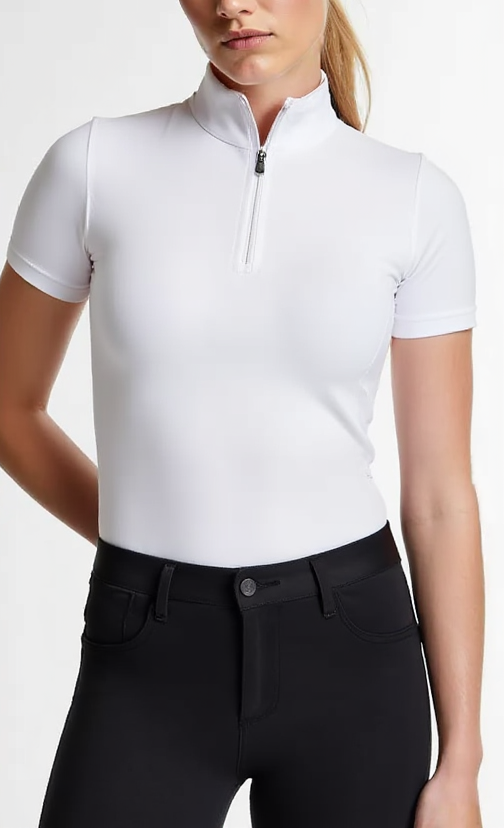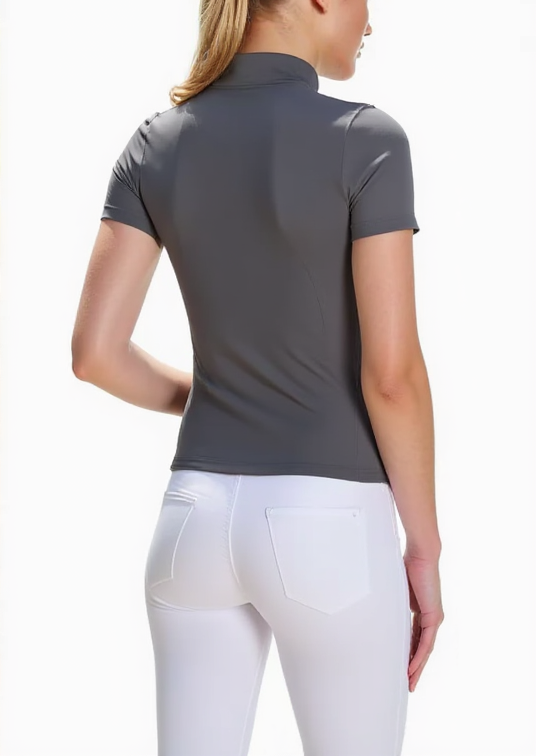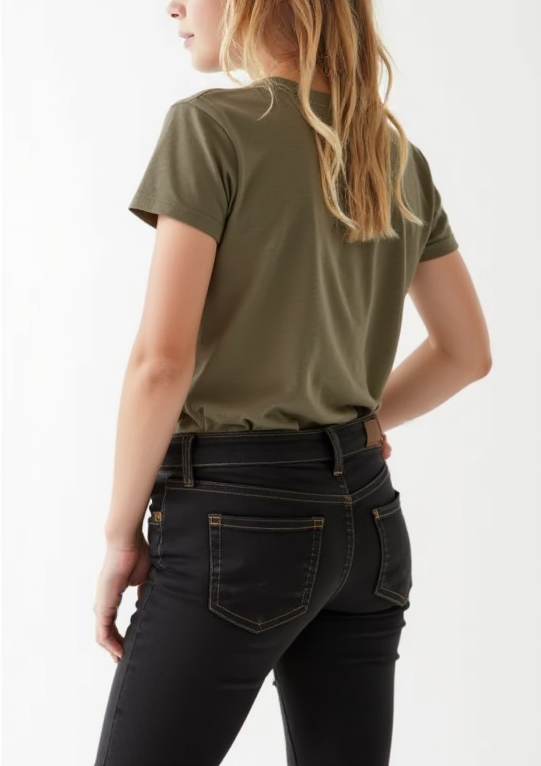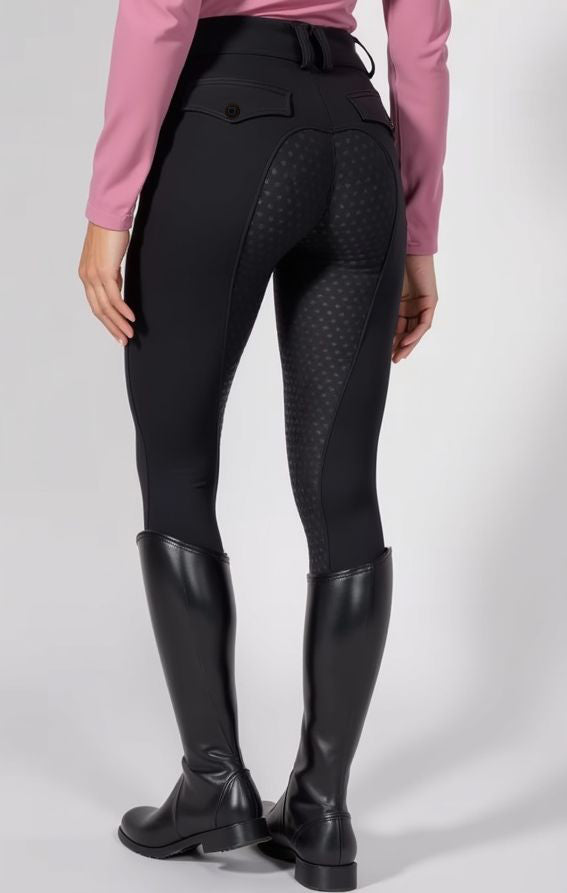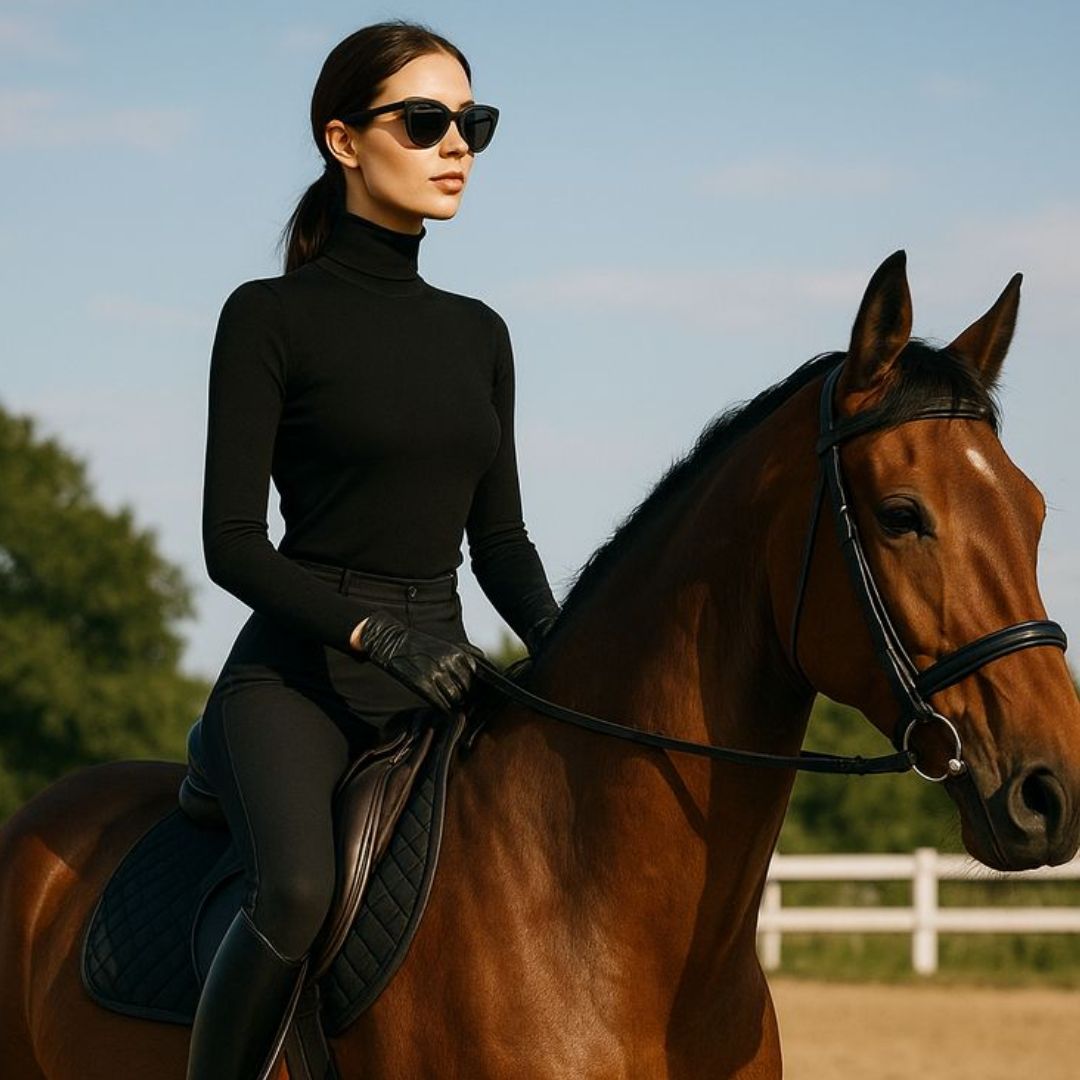
Horse Show Dress Codes: What to Wear for Each Discipline
Competing in horse shows is about showcasing your bond with your equine partner, your training, and of course, your presentation. One key element of the presentation is your attire. The right outfit not only respects tradition but conveys professionalism, safety, and style. But horse show dress codes vary dramatically across disciplines—from hunter to western reining, dressage to equitation—so understanding what to wear (and why) is essential for any rider preparing to enter the ring.
In this guide, we’ll walk through the dress expectations for major horse show disciplines, explain the logic behind dress codes, and offer insider tips to help you look polished, feel confident, and stay within the rules.
Why Dress Codes Matter in Horse Shows
Before diving into specifics, it’s worth reflecting on why dress codes exist in horse shows. On the surface, they enforce uniformity and tradition—but deeper reasons include:
Respecting Tradition & Sport Heritage
Many equestrian disciplines have centuries of tradition. Dress codes help preserve the look and values of the sport. For example, the classic hunt seat silhouette, with its tailored coat and breeches, harks back to foxhunting roots.
Visual Uniformity and Judging Clarity
Standard attire ensures all competitors present on a common visual baseline, which helps judges focus on performance, form, and movement rather than distractions from flashy or unconventional clothing.
Safety & Practicality
Many dress code components serve safety or functional needs—sturdy boots, fitted garments, gloves, appropriate helmets, etc. Loose or flapping fabrics can startle a horse or get caught during a ride.
Sponsor, Audience & Media Perception
Especially at high-level events, how you look reflects on your professionalism, your team, and the sport as a whole. Good presentations can help with sponsorships and audience engagement.
Understanding these principles helps you adapt when rules change or when you must interpret “smart casual” sections of a show.

General Principles Across All Disciplines
Although each discipline has its own rules, there are baseline guidelines that apply broadly:
- Helmet or approved headgear is standard in nearly all English disciplines (jumping, dressage, equitation). Always check that it meets approved safety standards (ASTM, BSI, VG1, etc.).
- Fitted garments are preferred—shirts, jackets, breeches should not flap loosely in the wind.
- Neutral or classic colors are safer: navy, black, beige, white, hunter green, burgundy. Loud patterns or bright neons are often discouraged.
- Clean and polished appearance: boots shined, breeches pressed, coats lint-free.
- Minimal jewelry or distracting accessories unless allowed in a specific discipline.
- Correct footwear is essential (e.g. proper paddock or tall boots in English, western boots in western events).
- Gloves are expected in many classes (show hunters, eventing phases, dressage) and beneficial in any class for grip and presentation.
With those cross-discipline rules in mind, let’s examine specific disciplines.
Hunter & Hunter Over Fences / Handy Hunter
Attire
In hunter and hunter over fences classes, the look is understated elegance. Riders typically wear a solid-colored hunt coat (navy, black, dark green, or brown), a collared shirt with stock tie or show shirt, tan or buff breeches, and tall black or brown field boots. Gloves are usually white or neutral. A fitted helmet in dark color is standard.
Why these Choices?
Hunter classes aim to simulate a field hunt aesthetic. The coat should be conservative and elegant, and the breeches light to maintain the classic look. The overall goal is that the rider complements the horse without detracting attention.
Show Ring Variations
In handy hunter or classic hunter rounds, some shows may allow burgundy coats, tweed, or more “fashion” jackets (check the prize list).
In hotter weather or schooling rounds, a show shirt without coat is sometimes allowed—but always bring your coat to be safe.
Equitation / Medal Classes
Attire
Equitation (also called “hunt seat equitation”) shares much of the hunter coat tradition: dark coat, show shirt, tan or gray breeches, tall boots. The distinction is in grooming and precision—every detail is judged. Helmet, belt, tie, gloves, boot polish—all must be perfect.
Why It Matters
Equitation judges evaluate the rider’s position, effectiveness, transitions, and overall form. A perfectly fitted outfit improves appearances and supports correct riding form (no loose flapping jackets, no bulky clothing).
Key Differences
Coat vents and fit must allow freedom at the hip so the seat isn’t restricted.
Shirts should be crisp and collars stiff or detachable, with concealed buttons.
Belt and stirrup leathers should match boots in color tone.
Dressage
Attire
Dressage has one of the strictest traditions in equestrian dress. For lower levels (Training, First, etc.) riders wear a dark, fitted dressage coat (often black or navy), white or light breeches, tall black dressage boots, white stock tie or stock, gloves (usually white), and a fitted helmet (although in upper levels top hats or tails are still used in some jurisdictions). Spurs are common where allowed.
Why this Look?
Dressage emphasizes precision, elegance, and harmony. The rider should seem at one with the horse, so attire must not distract from movement or posture.
Special Rules to Note
At higher levels (e.g. Grand Prix), the coat may have tails—or riders may use a tailcoat option, depending on the show.
Some nations or federations still allow top hats for the highest levels (check rules).
No flashy colors, and minimal jewelry.
White gloves highlight hand movement (judges may see subtle rein contact more easily).
Eventing (Dressage, Stadium, Cross Country Phases)
Eventing involves three different phases—dressage, show jumping (stadium), and cross country—each with slightly different requirements.
The dressage phase uses the standard dressage attire (coat, white breeches, gloves, etc.).
Stadium (show jumping) allows hunter/eq style jackets, often in dark colors, show shirt, breeches, boots, gloves, helmet. Some events allow lighter jackets depending on weather.
Cross country demands safety above all: a cross country vest (body protector), medical armband, sometimes long sleeves, and protective boots for the horse. Many riders wear pale-colored base layers under a lightweight shirt, plus gloves and a compliant helmet (often with chin straps and harnesses). Coats are usually not worn in XC for safety and comfort.
Because eventing covers multiple phases, many riders bring alternate attire or layers. The key is to follow phase-specific rules while maintaining continuity and overall presentation.
Western Disciplines (Western Horsemanship, Reining, Western Pleasure)
Western shows embrace a distinct style rooted in ranching tradition. In western disciplines:
Riders wear long-sleeve show shirts, often with subtle embroidery or piping, in classic colors (navy, white, burgundy, chocolate, teal). Shirts must be tucked in with a belt. Western-style pants or show-style western breeches (usually in earth tones) are common. Tall western boots or cowboy boots with a proper heel are required. Some shows allow western hats (felt or straw) or helmets styled like western hats.
Jackets are optional or required depending on the show: a lightweight show jacket or bolero may be allowed in cooler conditions. Accessories such as belt buckles, conchos, and tasteful embroidery are permitted but should not be overly flashy or distract from the performance.
Because many western events emphasize the horse’s performance and smoothness rather than dramatic rider position, the attire supports that unobtrusive, functional aesthetic.
Saddle Seat & Equitation over Fences
Saddle seat riders have a unique look. The typical outfit includes a cutaway riding coat (often black or navy), jodhpurs or breeches (usually beige or off-white), a vest or show shirt with stock tie, gloves, and paddock or jodhpur boots. Some saddle seat divisions require or allow a top hat in upper levels (again depending on the federation).
In equitation over fences (saddle seat style), the rider’s attire closely mirrors saddleseat flat attire, but with added flexibility and protection needed for jumping (e.g. boots rather than gaiters).
Hunter/Jumper / Show Jumping
In show jumping (jumper classes, grand prix, etc.), the attire is similar to hunter/eq, but often slightly more relaxed:
Riders usually wear a show jumping coat (dark or sometimes navy, sometimes more modern cuts), show shirt, breeches (white, light beige or tan), and tall or field boots. Some shows allow shadbelly coats in higher divisions, but many restrict them. Gloves, belt, helmet, and neat grooming are expected.
Jumping coats may have fewer restrictions on cut or vent styles than hunter coats, but still must remain professional and fitted. In arenas where high-speed rounds happen, some riders opt for lightweight, stretch materials under their coats while maintaining appearance.
Pony & Youth Divisions (Leadline, Walk-Trot, Short Stirrup)
For younger riders, dress codes are often slightly relaxed but still follow discipline norms:
In English divisions (hunt, equitation), children wear fitted jackets, show shirts, breeches, boots, and helmets, scaled to child size.
For leadline or walk-trot classes, a simple collared shirt, neat breeches, and helmet might suffice—sometimes without a jacket depending on weather and show rules.
In western youth classes, a long-sleeve shirt, neat jeans or show pants, boots, and western hat or helmet are standard.
Always check the prize list for youth divisions. Some allow exceptions (e.g. no gloves, schooling boots) but riders should aim for a mature, polished look.
Horse & Groom Presentation
While the rider’s attire is vital, remember the presentation of the horse and tack also matters. A well-matched, clean saddle pad, polished bridle, and neatly braided mane (where applicable) complement rider attire. The horse itself should appear well-oiled, groomed, hooves clean, and equipment properly fitted. Your look is only as polished as the entire team—horse, tack, and rider.
How to Prepare Your Show Outfit
Planning ahead is crucial. Start months before the show to ensure everything fits and matches. Try everything on in different conditions (simulate hot weather, riding posture). Clean and press outfits the night before. Do a mock groom—put on boots, gloves, hat, and move in the outfit—to see if anything changes or shifts.
Pack extra essentials: spare shirt, gloves, stock tie, spare belt, extra socks, boot polish, safety pins, coat hooks, lint rollers. A well-prepared rider avoids last-minute disasters.

Conclusion
Horse show dress codes are more than rules—they represent respect for the sport, tradition, and the judge. Dressing appropriately signals seriousness, professionalism, and passion for the discipline. While each type of show (hunter, dressage, western, eventing, saddle seat) has its own standards, all share common principles of elegance, safety, and cohesion.
When you step into the ring, your attire should support—not distract—from your performance. With the right outfit, you will feel confident, look sharp, and let your partnership with your horse shine. At MyHorseHub, we celebrate equestrian excellence in both form and function. Let your appearance reflect the dedication you bring to horsemanship, every time you ride into the show ring.
